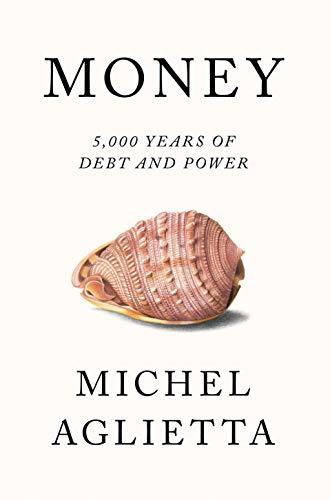
Money: 5,000 Years of Debt and Power
by
Michel Aglietta
Published 23 Oct 2018
Figure 6.6 measures the natural rate in nominal terms (natural rate = net marginal capital productivity + inflation rate trend, considered as an approximation of the anticipated rate of inflation). The inflation rate slowly declined, bringing the nominal natural rate down to zero, and even below. Figure 6.6 US natural interest rate, 1970 Q1 – 2014 Q4 Source: Updated version of estimates by Laubach and Williams, ‘Measuring the National Rate of Interest’, Review of Economics and Statistics, 13 March 2003. They define the natural interest rate as the central bank interest rate consistent with an economy functioning at full potential, once temporary shocks in supply and demand have been eliminated. Here we see the trap in which monetary policy finds itself.
…
This equation can be written as: Nominal rate = natural rate + max {0, – natural rate} The nominal natural rate is the rate that monetary policy would determine if it were following a standard rule known on the financial markets, at a moment when GDP is at full potential (full and effective employment of productive resources). The central bank’s policy rate also encompasses situations in which there is a negative natural rate. It becomes the return on a synthetic financial product. It comprises a security which returns the natural interest rate combined with the purchase of a put option whose exercise price is zero. This option guarantees the zero floor when the natural interest rate becomes negative (Figure 6.7). It is implicitly sold by the central bank on the opposite of the virtual rate. Figure 6.7 The future short rate as an option on the expected natural rate ‘Non-Conventional’ Policies for Circumventing the Zero-Rate Barrier When the option’s intrinsic value is positive, the observed nominal rate is too high in relation to the natural rate that the central bank should fix in order to bring the economy back towards optimal production (an output gap of zero).
…
REGULATION IN ENDOGENOUS MONEY: WICKSELL’S APPROACH AND INFLATION TARGETING Knut Wicksell was the first theorist to introduce, in terms important to the development of monetary policy, the idea that money supply depends on the rhythms of growth in production capacity.11 This means that, contrary to the money-neutrality hypothesis, supply depends on a real economic variable. Money is never neutral in the long term; it influences the paths of growth, and the cost of making it available to economic agents in turn depends on this growth. The true pivot of the macroeconomic dynamic is not the real demand for money, but the natural interest rate or the neutral real rate. This rate reflects the anticipated yield rate on newly produced capital goods. It is neutral when projected investment at this marginal yield rate is equal to the savings desired by economic agents as a whole. It is thus the real interest rate that realises the best possible macroeconomic balance for a given level of marginal capital profitability.
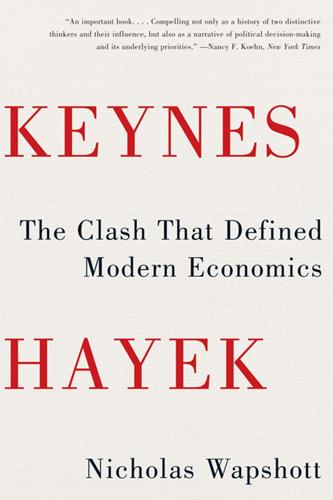
Keynes Hayek: The Clash That Defined Modern Economics
by
Nicholas Wapshott
Published 10 Oct 2011
To artificially reduce interest rates, or the price of borrowing money, merely led to price inflation, while raising interest rates artificially meant encouraging a contraction of business activity (a slump). Behind these thoughts were Wicksell’s postulations on the difference between the “natural interest rate,” where personal savings equal investment, and the “market rate of interest,” or the price of credit fixed by banks. For members of the Austrian School, the business cycle was thought to be set in motion by the difference between the natural and the market rate of interest. The problem for central bankers was that it was impossible to determine exactly what the natural interest rate was, so they inevitably set the market rate of interest at an inappropriate level, thereby setting off the booms and busts of the business cycle.
…
The problem for central bankers was that it was impossible to determine exactly what the natural interest rate was, so they inevitably set the market rate of interest at an inappropriate level, thereby setting off the booms and busts of the business cycle. Hayek believed that by staying true to the natural interest rate, money in an economy could be made “neutral” and that fluctuations of the business cycle in those circumstances would be caused by changes in other factors, such as the development of new products and new discoveries. The battle lines between Keynes and Hayek were thus drawn. Keynes believed it was a government’s duty to do what it could to make life easier, particularly for the unemployed. Hayek believed it was futile for governments to interfere with forces that were, in their own way, as immutable as natural forces.
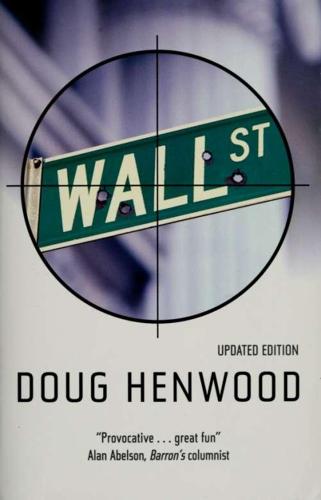
Wall Street: How It Works And for Whom
by
Doug Henwood
Published 30 Aug 1998
The importance of the natural rate lies in its relation to the prevailing rate of profit: if money can be borrowed at 5%, and invested in real assets (or bonds representing real assets) at 7%, then prospective borrowers will mob their banks, baying for credit. Keynes, on the other hand, was worried about deflation. This connection between the natural interest rate and the rate of profit takes us back to an even more classical world than Wicksell's, where profits ultimately determine the interest rate, rather than balancing savings and investment. Ricardo quoted this observation by Adam Smith approvingly: "tT]he market rate of interest will lead us to form some notion of the rate of profits, and the history of the progress of interest afford us that of the progress of profits."
…
Keynes's use of MEC is rhetorically interesting; one wonders if he preferred the technocratic term because it avoids the unpleasant class associations of "profits." 8. It is almost a law of the social sciences that the virtue of anything called "natural" is that it preserves the status quo. Riffing on Wicksell's concept of the natural interest rate, Milton Friedman introduced the idea of nature to unemployment. In his 1967 presiden- RENEGADES tial address to the American Economic Association — his presidency was an early sign of the profession's rightward move out of Bastard Keynesianism towards sadomonetarism — he argued that if the authorities pushed unemployment below its natural rate, inflation would be inevitable (Friedman 1968b; Pesaran 1992). 9.
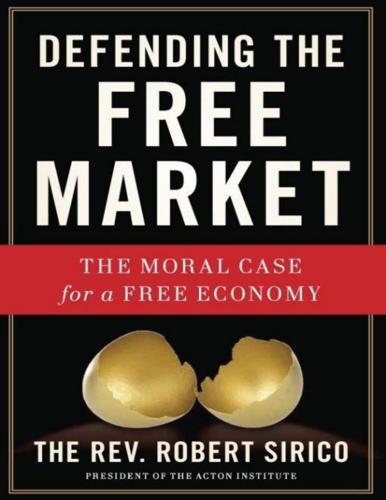
Defending the Free Market: The Moral Case for a Free Economy
by
Robert A. Sirico
Published 20 May 2012
It is a simple matter of supply and demand: more credit will be purchased at a lower price than a higher price, all other things being equal. The result would be the buildup of more debt, the shortening of cultural time horizons, and the overall encouragement of irresponsibility. In other words, attempts to manipulate the interest rate would actually end up short-circuiting the moral training that the natural interest rate would otherwise bring about. This example may sound overly theoretical. In fact, I’ve just described a major component of the financial crisis that came to a head in 2008. Through its control of the lending institutions Freddie Mac and Fannie Mae, the U.S. Federal Reserve held interest rates artificially low with the noble intention of encouraging banks (home lenders) to lend to borrowers (home buyers) they would not have otherwise lent to.

Restarting the Future: How to Fix the Intangible Economy
by
Jonathan Haskel
and
Stian Westlake
Published 4 Apr 2022
Economic and political reforms will help this process, specifically a little less IP protection and more competition and political capital. 5 Financial Architecture FINANCE AND MONETARY POLICY IN AN INTANGIBLES-RICH ECONOMY An intangible economy makes borrowing harder and riskier. It also lowers the natural interest rate and so squeezes monetary policy. We need reform that allows pension funds and insurers to fund innovative companies and that allows fiscal policy to provide commitment to stabilising the economy with less space for monetary policy. What do Charles Dickens, John Maynard Keynes, and Occupy Wall Street have in common?
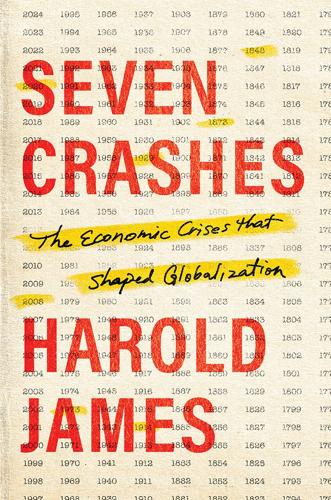
Seven Crashes: The Economic Crises That Shaped Globalization
by
Harold James
Published 15 Jan 2023
Friedman’s 1967 Presidential Address to the American Economics Association is widely considered as “a turning point in the history of macro economic research.”75 It applied his method to produce a guide for monetary policy: a policy rule. The central analytical point concerned the existence of natural levels of economic activity: of employment, and also of interest rates. The natural interest rate was contrasted with a market or nominal rate: “The monetary authority can make the market rate less than the natural rate only by inflation. It can make the market rate higher than the natural rate only by deflation.”76 At any moment of time, there is some level of unemployment which has the property that it is consistent with equilibrium in the structure of real wage rates.77 Monetary policy should not in consequence seek to alter the level of employment in terms of small-scale adjustments: “We simply do not know enough to be able to recognize minor disturbances when they occur or to be able to predict either what their effects will be with any precision or what monetary policy is required to offset their effects.”78 Friedman predicted that the Phillips curve that had appeared in the data throughout the 1950s and 1960s, in which rising prices reduced unemployment, would break down if policy-makers followed conventional Keynesian wisdom and started to exploit it.79 This part of Friedman’s analysis received considerable support in that the speech followed an independently derived argument about the long-run verticality of the Phillips curve, developed by Edmund Phelps, on the basis of an argument about the ignorance of both sides in the wage-determination process.80 Expectations were central to the Phelps argument, which amounted to an anticipation of many of the themes of the rational expectations revolution that followed in the 1970s.
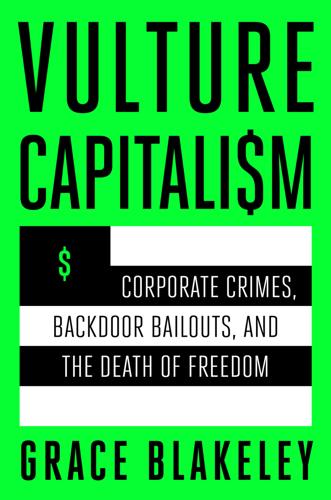
Vulture Capitalism: Corporate Crimes, Backdoor Bailouts, and the Death of Freedom
by
Grace Blakeley
Published 11 Mar 2024
Given that borrowing was already more expensive for the poorest, and high prices were being driven by supply-side factors and corporate profiteering, this move has had a highly regressive impact.99 As Braun argues, the actions of central bankers in recent years have made it very clear that they’re not neutral, technical experts with superior knowledge of the operation of the economy.100 The idea of a long-term natural interest rate has been sacrificed on the altar of preserving the stability of the financial system.101 Instead, central bankers have revealed that they are actively planning what happens in the economy, with no democratic accountability whatsoever. And it’s not just central banks. The entire regulatory apparatus that governs the modern financial system was built by and for powerful financial institutions themselves.
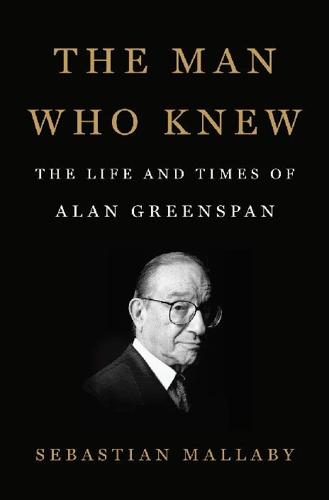
The Man Who Knew: The Life and Times of Alan Greenspan
by
Sebastian Mallaby
Published 10 Oct 2016
In addition to the demand shock/supply shock distinction, some observers have argued that a productivity acceleration combined with an inflation target is likely to cause the central bank to cut rates just when the equilibrium or “natural” interest rate is rising. As productivity gains raise the expected return on capital, firms will invest more. Unless savings rise commensurately, this extra demand for capital means that interest rates should, all else equal, go up. However, since productivity gains also create deflationary pressure, and since that deflationary pressure is easier to see than the rise in the natural interest rate, an inflation-targeting central bank will tend to cut interest rates. Monetary authorities, therefore, will tend to push interest rates below the stable, market-clearing level.
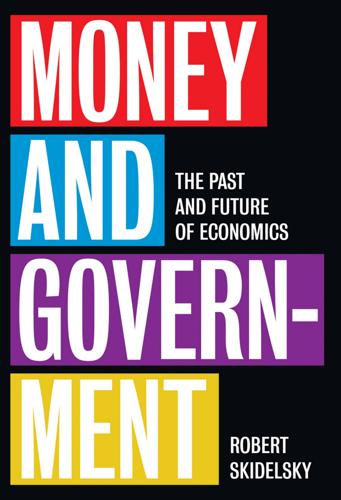
Money and Government: The Past and Future of Economics
by
Robert Skidelsky
Published 13 Nov 2018
Leijonhufvud summarizes Wicksell’s argument as follows: i) the circular flow of money income and expenditures will expand if and only if there is an excess demand for commodities; 69 H i s t ory of E c onom ic T houg h t ii) ‘investment exceeds savings’ implies ‘excess demand for commodities’ and conversely; iii) investment will exceed saving if and only if the banking system lengthens its balance sheet at a rate in excess of that which would just suffice to intermediate household saving; iv) the economy will be on its real equilibrium growth path (capital accumulation path) if and only if savings equals investment; v) the value of the interest rate that equates saving and investment at full employment is termed the ‘natural’ rate. 21 I V. Wa s W ic k se l l a Qua n t i t y T h e or is t? 2 2 Because Wicksell thought that changes in the ‘natural’ interest rate arise from real factors (such as wars, technological innovations, etc.), it is tempting to conclude that he was not a quantity theorist – that he thought that price movements were ultimately explained by changes in the real economy. This is not how Wicksell saw himself. Real shocks could not lead to price level changes without an increase or decrease in bank deposits.

The Price of Time: The Real Story of Interest
by
Edward Chancellor
Published 15 Aug 2022
As Phil Mullan in his book Creative Destruction writes: When too many resources are stuck in low productivity areas and in zombie businesses – businesses that are too weak to invest in their underlying operations but have enough income from somewhere to survive – then the potential for the wider positive impact of particular innovative business investments will be frustrated.51 Central bankers saw the decline in productivity as a reason to extend unconventional monetary policies. Retired from the Fed, Ben Bernanke described the interest-rate implications of sinking US productivity as ‘dovish’.52 A Bank of England study estimated that each point decline in productivity resulted in twice as large a fall in the ‘equilibrium’ (or natural) interest rate.53 Claudio Borio at the BIS turned such conventional thinking upside down. Borio referred to an ‘interest rate–productivity nexus’, with the causality running from low interest rates to low investment and falling productivity. Ultra-low interest rates, he said, explained both the zombie phenomenon and the fact that once zombified, a company remained for longer among the living dead.